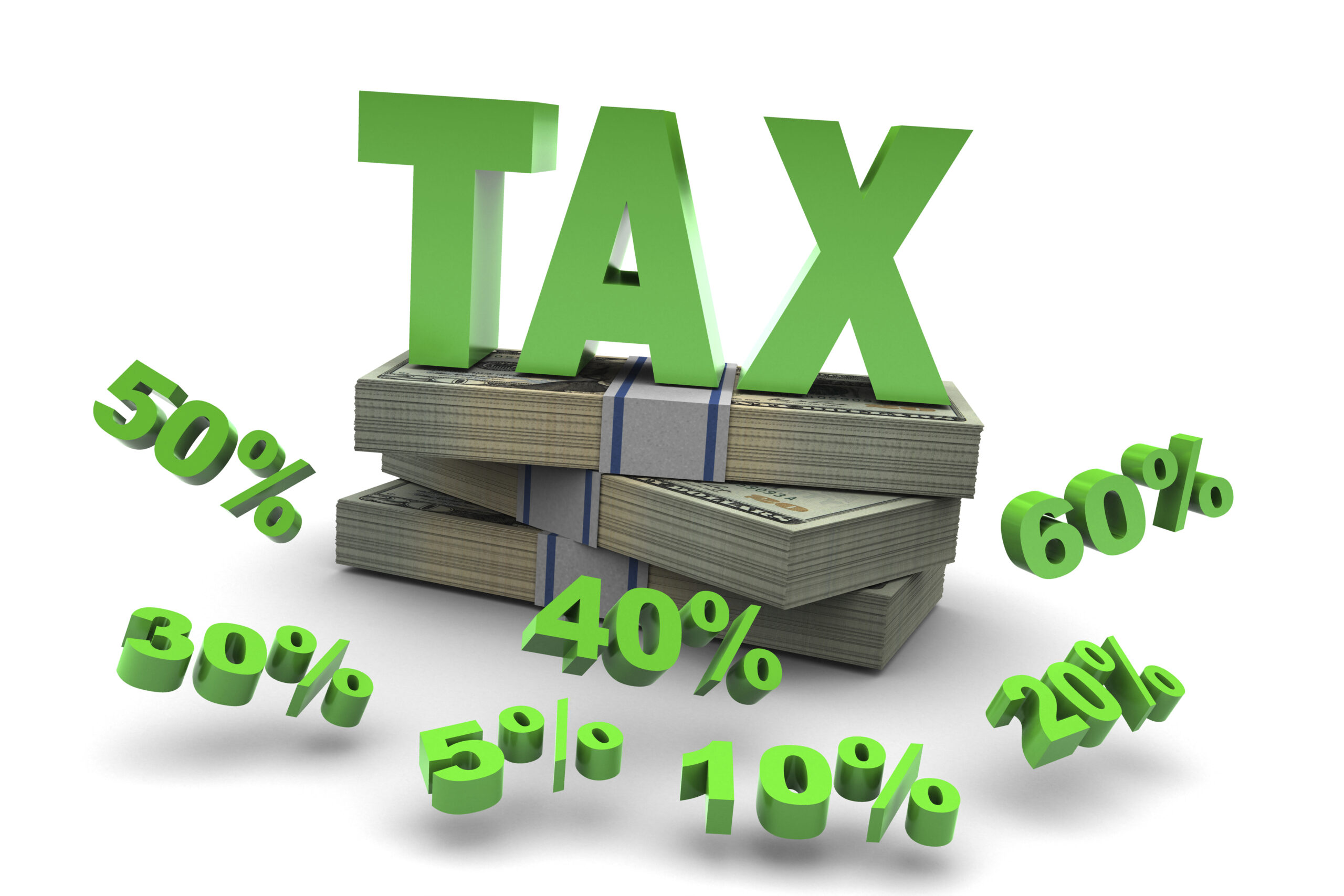
28 Apr How Do I Minimize my Capital Gains Tax?
So you’re thinking of selling one or more properties, and you thankfully will make a profit. How do you minimize your capital gains tax?
If you’re selling your principal residence and you’ve lived there at least two out of the past five years, then the first $250,000 of capital gains (or $500,000 if married, filing jointly) will be tax-free. Some investors live in a home for a couple of years and then sell it. This is a powerful tax savings, yet you will have to move around a bit.
As for non-owner occupied properties, here are some options:
- Conduct a IRS tax code 1031 deferred exchange. You must use a proper intermediary to facilitate the transaction, and you must purchase a replacement property within a certain time frame. Read our blog on 1031 exchanges.
- Wait at least a year to sell your property. If you sell in a year or less after buying the property, your capital gains are taxed at your ordinary income tax rate. Your ordinary income tax rate is based upon your filing status and your income for that year. The highest tax rate is 37%. If you sell your asset after a year, your capital gains tax rate is 15% (up to 20% for high income earners). If you’re a house flipper, generally you’re completing the project in only a few months. That’s the problem for successful house flippers – they pay the most in taxes since they own the house less than a year.
- Stagger your property sales over a number of years to keep your tax bracket down. If you sold all of your properties in one year, your taxable income could be much higher and therefore you’d owe a higher percentage of taxes.
- Engage in a seller-financed transaction. If you engage in a lease-purchase or installment contract with a buyer, you’re technically not selling the property until they pay you in full. You could receive payments over a period of years. Ultimately, you will pay capital gains taxes when you finally transfer ownership.
- Do some tax-loss harvesting. If you have an asset that would be a loss if sold, and you have an asset that would be highly profitable if sold, perhaps you sell both in the same year. The capital loss on the one sale could offset the capital gain on the other. You can only offset a short-term capital loss with a short-term capital gain (less than one year), or a long-term capital loss with a long-term capital gain (more than a year).
- Don’t sell but refinance. If you sell an asset, you pay taxes on the capital gain. But what if you never sold the asset? By conducting a cash-out refinance, you keep the property while receiving cash. You don’t pay taxes on borrowed money. Actually, you receive another deduction because of the mortgage interest!
One other thing to consider is your opportunity cost. What if you had a great opportunity to make a 50% profit on your money with a new transaction, and the only option to buy is to sell an existing property while paying a 15% tax? If your new opportunity is highly lucrative, perhaps paying taxes is just a cost of doing business. Sure, you’re paying taxes but you stand to make even more money.
Everyone’s situation is different. Consult your tax advisor. And have fun turning a profit!
Tai DeSa is a graduate of The Wharton School of the University of Pennsylvania. He became a full-time real estate investor in 2004 after serving in the U.S. Navy. Tai made colossal mistakes in investing (and learned some things along the way). Tai has coached hundreds of entrepreneurs, real estate investors, and real estate agents on how to increase their income and net worth. He has helped hundreds of homeowners avoid foreclosure through successful short sales. Check out Tai’s books on Amazon.com. Tai may be available for coaching and speaking engagements on a variety of real estate topics. Send an email to tai@investandtransform.com.






No Comments